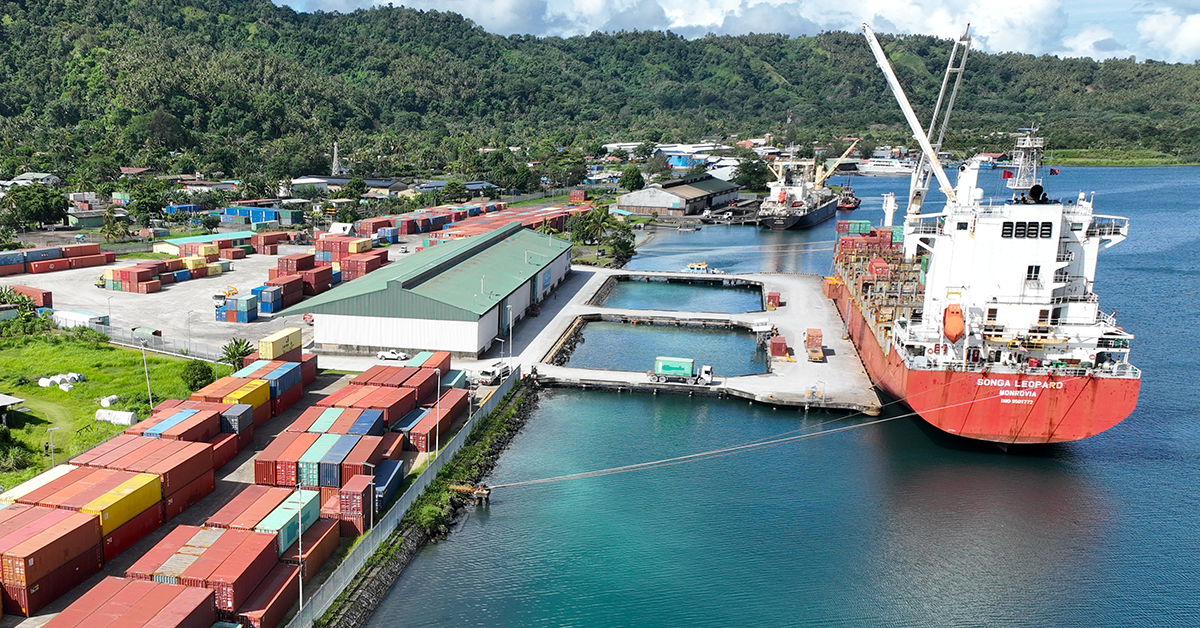
-
Posted by David Sexton
- |
-
1 July, 2025
Resource rich but also facing issues such as shortages of power and foreign currency, DCN examines the trade and maritime transport outlook for Papua New Guinea
This content is for members only
Create a free account with www.thedcn.com.au to access this exclusive content.
Already a member?Sign in






